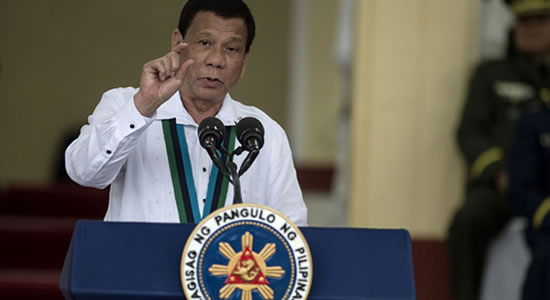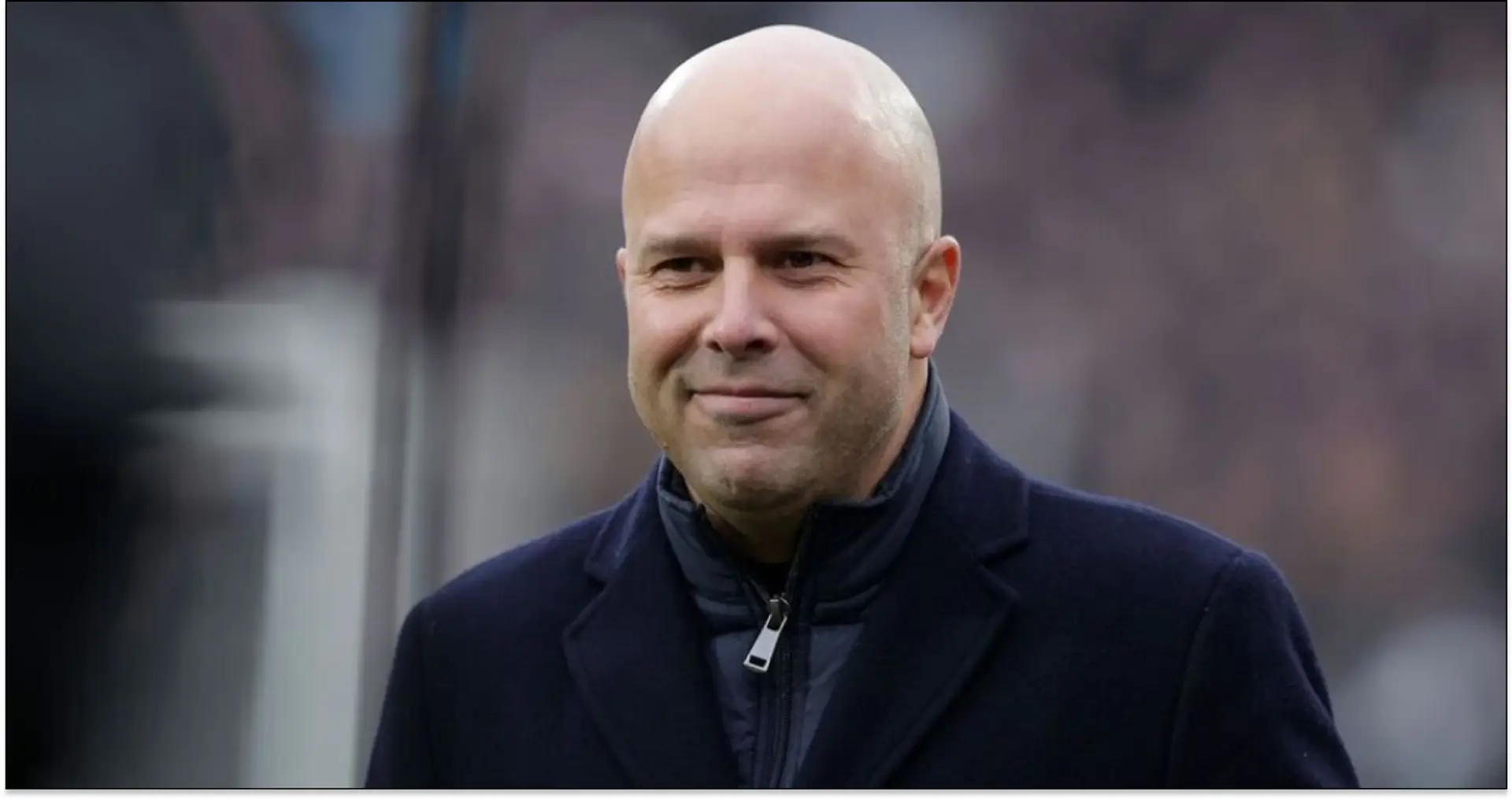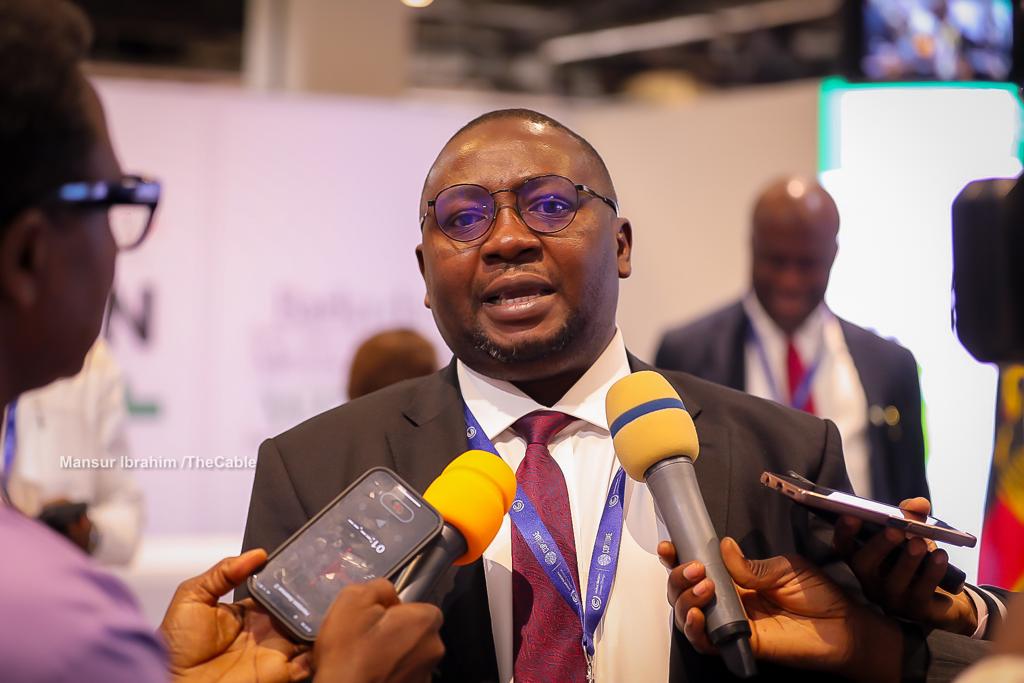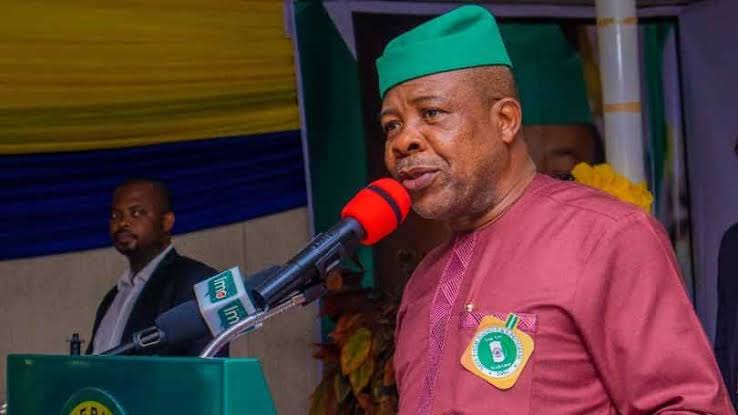Philippine lower house lawmakers voted on Tuesday to convene the chamber as a constitutional assembly, looking to amend the 30-year-old charter and shift to a system of federal government, allowing the president up to two terms in office. The switch to a federal system was one of the key planks of President Rodrigo Duterte’s election campaign, aimed to remedy what he saw as neglect by a Manila-centric political establishment that has left provinces in perpetual poverty.
In a late afternoon session, Duterte’s allies, who dominate the nearly 300-member house, abruptly terminated debates and voted to convene an assembly to begin changing some constitutional provisions. Some of the proposed amendments include a review of Articles VI, VII, and X of the 1987 Constitution, which cover the legislative, executive, and judicial branches of government, respectively.
Legislative power, under a federal form of government, will be composed of the Federal Assembly, the Senate, and the legislative bodies of the respective regions. The Federal Assembly resembles the current House of Representatives, with not more than 300 members composed of district representatives (80%) and party-list representatives (20%).
Each State should have 3 seats in the Senate.
The President, under this proposed new form of government, will be elected by direct vote and will have a term of 5 years with one re-election. As head of state, the President has oversight powers over all branches, heads foreign relations. He will be the commander-in-chief of the Armed Forces of the Philippines, and will have appointing, pardoning, and residual powers, among others.
The Prime Minister, is the head of government. He or she is elected by members of parliament. The Cabinet and the Prime Minister will constitute the government and exercise executive powers. The Prime Minister's job includes preparing the program and annual budget of the government, execution of all laws, and entering into contracts on behalf of government.
Opponents warn it could lead to a repeat of the 1970s-era of late dictator Ferdinand Marcos, saying they are troubled by Duterte’s stated admiration for him, as well as the president’s similar authoritarian traits. The opposition says the 1987 constitution was drafted to stop that from happening.
Duterte has made clear he has no desire to stay longer than his term and, if anything, would prefer to retire earlier. Lawmakers have yet to decide on what federal model to adopt, Mercado said. Duterte’s preference is for one similar to that of France.
The committee on constitutional amendments on Tuesday, January 16, began discussions on the respective proposals of its sub-committees. Late in 2017, the 4 sub-committees reviewed specific parts of the 1987 Constitution for possible revisions.
A shift to a federal form of government was among President Rodrigo Duterte's key promises during the 2016 elections. The president's supporters view a shift to federalism as a way for resources, wealth, and power to be equitably distributed in the country.
The Constitution provides for 3 ways to implement charter change. A number of political leaders in the ruling administration are pushing for amendments via a Constituent Assembly, which will be composed of sitting members of the House and the Senate.
The two chambers, however, have yet to decide on how the Constituent Assembly will convene.





















